In the intervening night of December 2-3, 1984, India experienced one of the worst disasters in its industrial history. 37 years later, the incident still makes our stomachs churn. The Bhopal Gas Tragedy, claimed thousands of lives and injured over 5 lakh people – these numbers are still debated. This incident is an example of corporate irresponsibility. As the residents of Bhopal were fast asleep on that fateful night, Methyl Isocyanate gas leaking from the Union Carbide India Limited pesticide plant rapidly turned their air into poison. At least 20,000 people lost their lives in the tragedy, and lakhs of families continue to face its genetic impacts. The case is also a prime example on how polluting industries are rarely held accountable for jeopardizing lives of generations of citizens.
In memory of these victims, December 2 is observed as the National Pollution Prevention Day. But little seems to have changed on ground. India continues to be a haven for big industries who continuously release air and water pollutants into our surroundings, significantly impacting human health. Air pollution alone is causing millions of premature deaths every year in India. According to Greenpeace reports, one million Indians lost their lives to air pollution annually. Lack of transparency in industrial emissions and weaker pollution control measures continue to be a problem and are major contributors to pollution. What we need are stricter, action-based environmental controls and authorities who crack the whip on big polluters through effective implementation of the regulations.
On this day, Greenpeace India remembers the victims of Bhopal Gas Tragedy, who are yet to get justice in its truest sense.
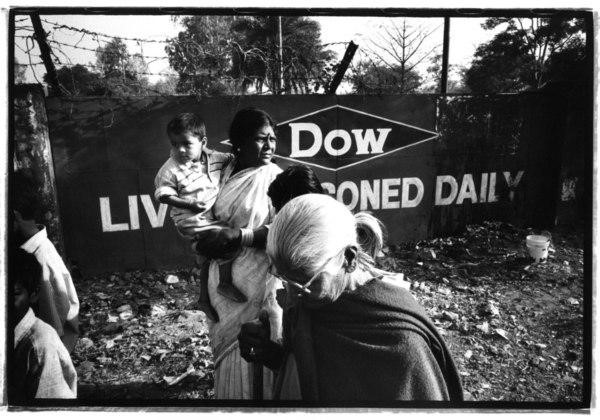
Nearly 40 tonnes of highly toxic methyl isocyanate leaked from the Union Carbide pesticide plant on the intervening night of 2-3rd December, 1984 in Bhopal, Madhya Pradesh. Touted as one of the world’s worst industrial disasters, the incident claimed over 20,000 lives and left over 5 lakh people injured. The polluted site of the abandoned factory continues to leak poison into the groundwater of local residents.
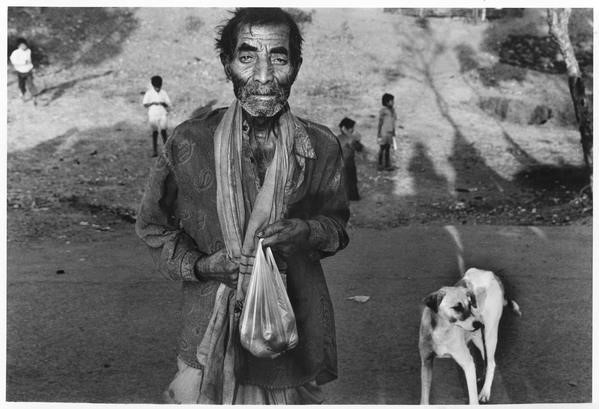
Nanko, Bhopal 2001.
Until 3 December 1984, Nanko was independent and able to provide comfortably for his family. After the gas disaster, he became a beggar. The tragedy left in its wake loss of job opportunities, mounting medical bills and lack of support structure from the state.
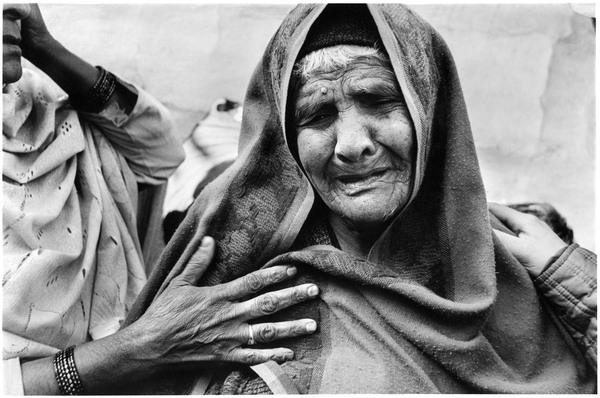
Noori Bi, Rajgarh Colony, Bhopal 2002
Noori Bi became a “gas widow” after she lost her family and her home in the first few days of the tragedy. So residents of the Rajgarh Colony adopted her and gave her shelter in a 4ft x 6ft space. She participated in the movement seeking justice for the victims until her health prevented her from remaining active.
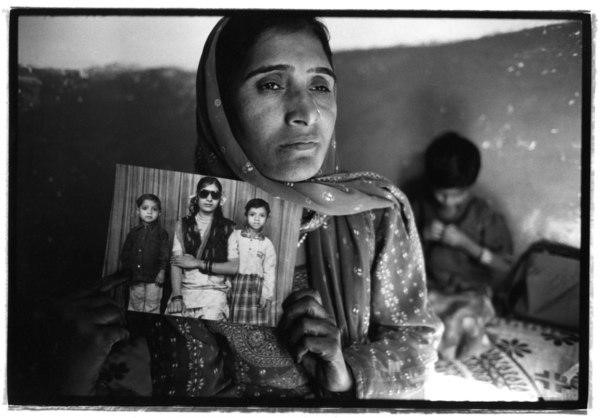
Shasmad Begum, Bhopal 2002
“In the night of the disaster I lost my brother and sister”
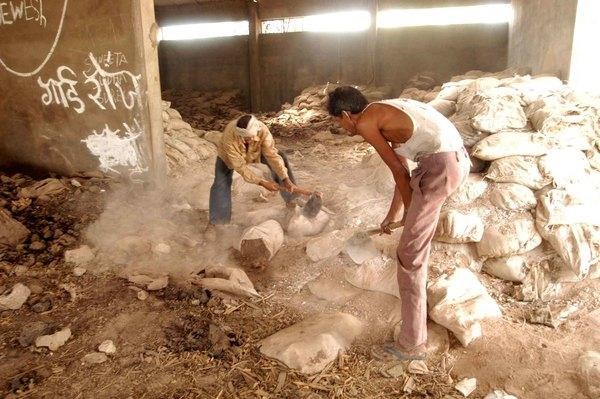
Bhopal 2005 : Unprotected workers move sacks of chemicals that were lying abandoned inside the Union Carbide factory site in Bhopal for 20 years. The hasty containment exercise was organized in a bid to contain the toxic stockpiles before the onset of the monsoons in 2005.
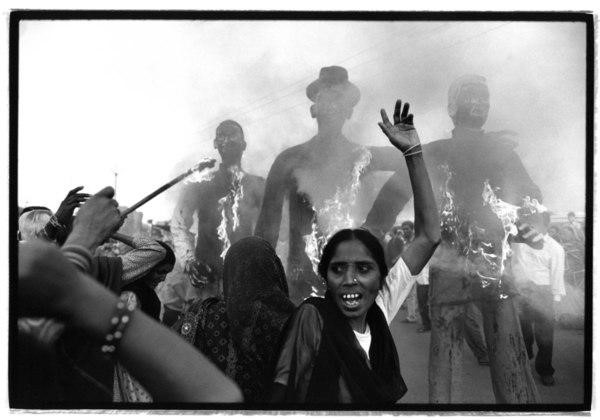
Bhopal survivors have held hundreds of demonstrations and continue to do so. This image from 2002, shows residents engaged in a protest on the 18th anniversary of the gas disaster. At the time hundreds of tonnes of toxic waste was still abandoned at the site.
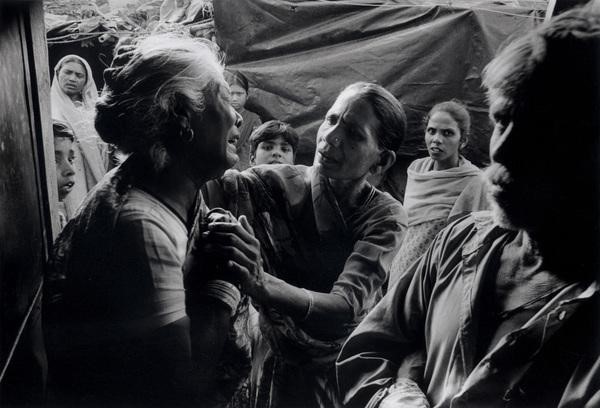
Bhopal 2005 : Radha Bai(45), lost her three children in the tragedy. To help ease her pain, she adopted three children, brought them up like her own, but her grief is unabated.
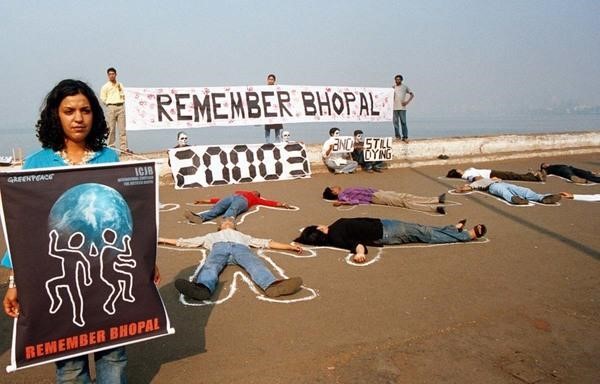
On the 19th anniversary of the Bhopal Gas Tragedy, Greenpeace activists and students protest in Mumbai as part of the Global day of action against corporate crimes. Over the years numerous protests have been organized by many organizations to demand justice and learn lessons from the disaster.

Discussion
Ӏ'd like to find out more? I'd love to find out more details.